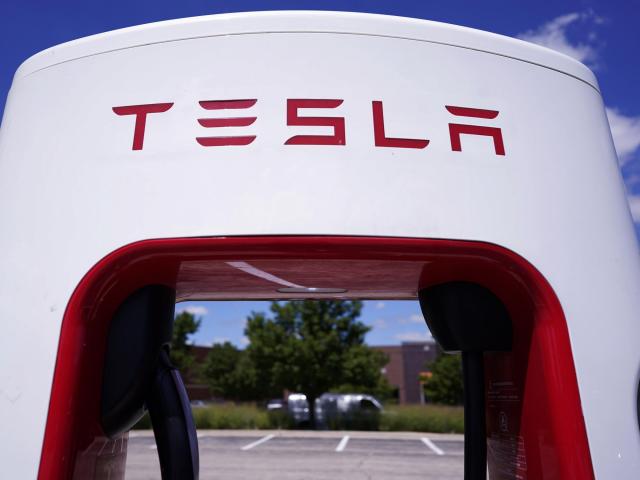An electric vehicle can cost half as much to maintain as a similar gas-powered car, according to Consumer Reports research. That’s a potential savings of hundreds of dollars a year.
“For the most part, electric vehicles have fewer things, fewer parts that can go wrong compared to a gas vehicle,” explained Keith Barry with Consumer Reports. “You don’t have to worry about the fuel system. You don’t have to worry about the exhaust. You don’t have to worry about engine oil changes.”
But it takes a special kind of mechanic to work with electric vehicles, one who knows the voltage levels that can be lethal.
5 On Your Side’s third and final road trip was in a Tesla Long-Range Model 3.
Another Tesla owner we met at a charging station told us that the only maintenance experience he had was great.
“They come to you, they actually drive in a Tesla that has all the repair equipment and they fix your car wherever you are,” said Michelle Hart.
Tesla isn’t the only electric vehicle manufacturer to service mobile vehicles, but they do have their own SuperCharging network. That is, the only electric vehicles that can be charged at Tesla Supercharge stations are Teslas, for now.
Tesla is starting to make some of its supercharging stations compatible with other electric vehicles.
Right now, there’s only one Tesla SuperCharger in North Carolina that works with non-Tesla EVs, and it’s in Winston-Salem.
The 5 On Your Side team was able to drive the Tesla Long-Range Model 3 from Raleigh to this charging station in Winston-Salem and back to Raleigh on a single charge.
With a range of over 300 miles and access to several Tesla SuperChargers along I-40, it would have been easy for us to get to Asheville and back with just one or two charging stops. But we wanted to directly compare the difference between Tesla’s Level 3 Superchargers and the more common Level 2 chargers.
In Raleigh’s North Hills, there’s a Tesla Supercharger station directly next to a couple of non-Tesla Level 2 chargers.
When we plugged in the Tesla we drive, the Level 2 charger said it would take 8 hours and 10 minutes to fully charge.
Once we got that reading, we disconnected from the Level 2 charger and connected to a 250kW Tesla Supercharger.
The same car with the same level of charge said it would take 35 minutes to fully charge. That’s over 7.5 hours faster than the Level 2 charger.
And the differences between Level 2 charging versus fast charging and Tesla charging versus non-Tesla charging is important to know if you’re considering whether an electric vehicle works for your family.
There are more than 2,500 public charging ports in North Carolina, but only 760 are fast chargers. Of those 760 fast charging plugs, 547 only work with Teslas.
By comparison, there are tens of thousands of gas pumps available in North Carolina.
There is clear value in electric vehicles in terms of fuel consumption. During our three road trips, we used $106 in gas and a little over $46 in electric charge.


